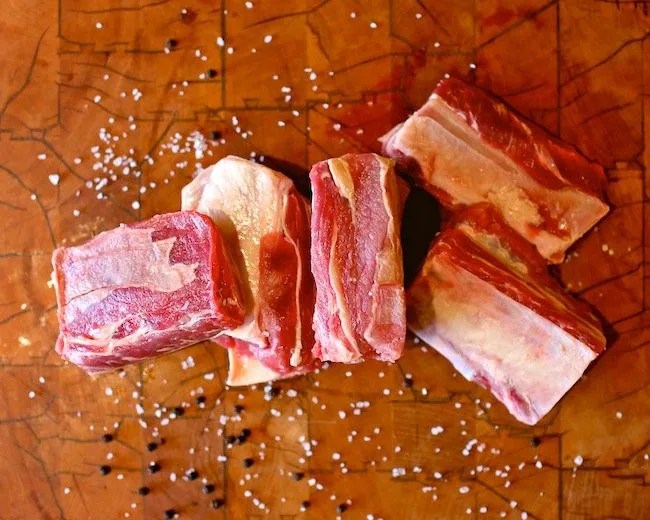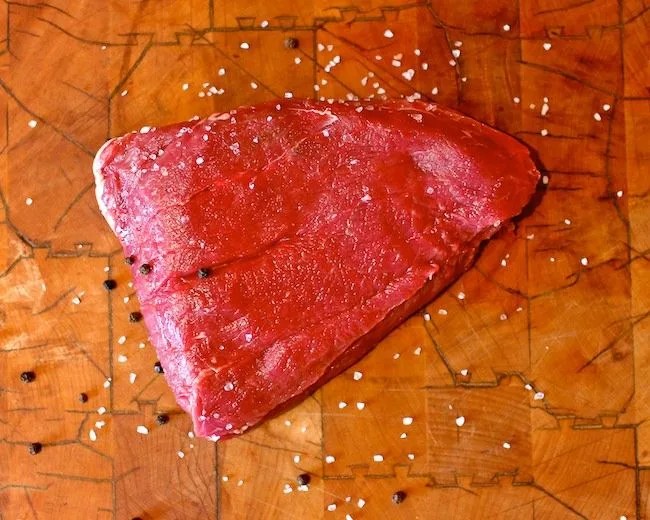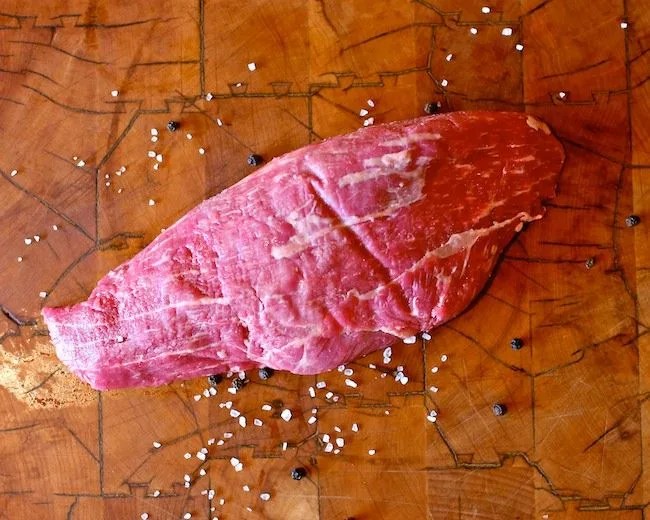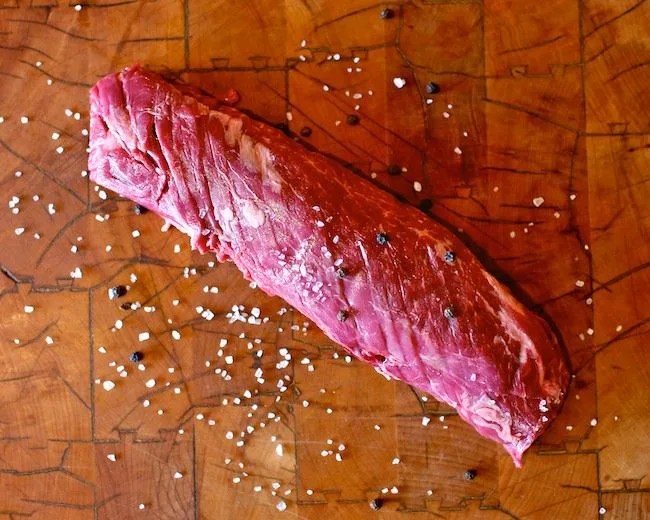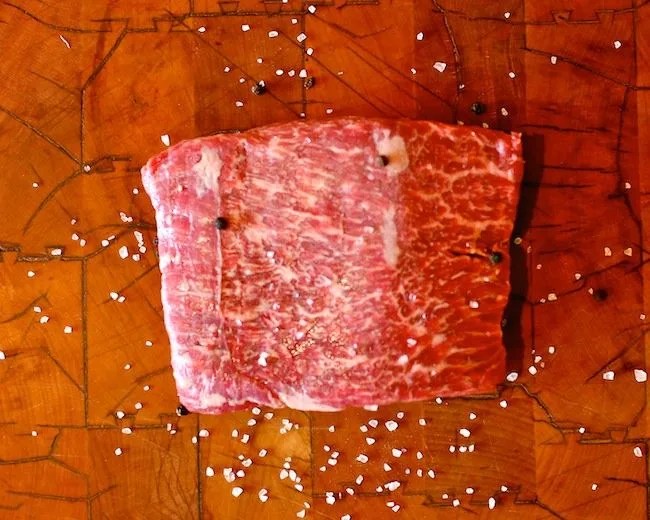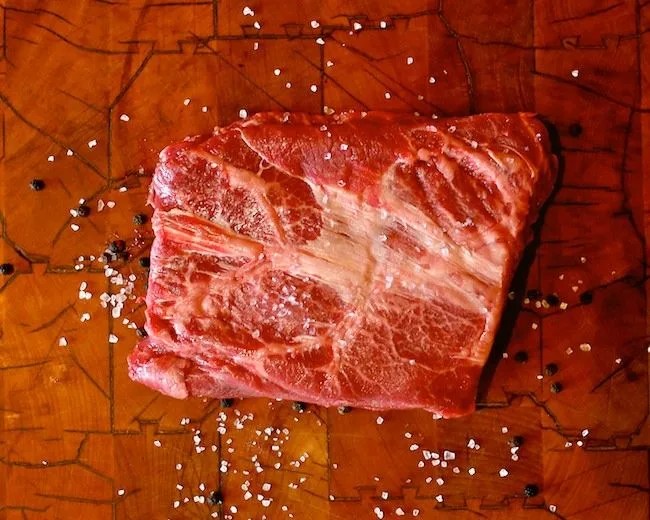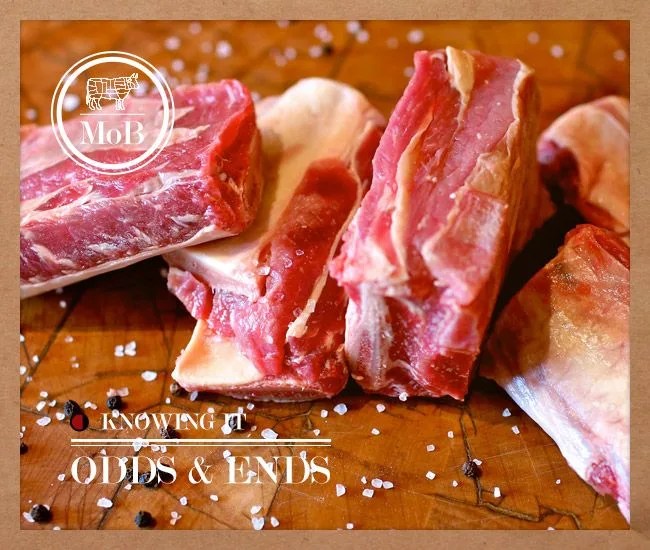 Eric Yang
Eric YangYou know the rib-eye, T-bone, porterhouse and NY strip, but how about the tri-tip, bavette or flat-iron? Expanding your repertoire of steak choices graduates you from a one trick pony to a culinary stallion of meat mastery. The tenderloin, that prized cut from which the filet mignon comes, makes up half of one percent of Bos Taurus’ total weight — you need some other options. We’ve got them right here, beef brother.
In this Month of Beef feature, we explore alternative cuts of beef, including several gaining popularity amongst the foodie set, along with how to navigate the myriad names of each cut and how to cook them all. Bonus: Not only are many of these choices as good if not better than your “go-to” steak — they’re less expensive.
Break down this steer after the jump.

As we mentioned in our story on store-bought beef, a side of beef is divided into primal cuts: chuck, rib, loin and round. There are also the lesser primals: shank, brisket and plate. The ends of the animal, the chuck and round, do much of the work of moving and load bearing, and the meat from these primals is less fatty, more chewy and, often, more flavorful. The tender middle — the rib and loin primals — is marbled with fat because this section doesn’t see as much exercise (as many of us know all too well). With a little extra knowledge, we can find religious beef experiences from each of these parts of the animal.
A note on availability: This really depends on where you live. Short ribs are available at most grocery stores; The tri-tip is most commonly available in California. Mail-order is always a good option. We got the short ribs and tri-tip overnighted from Crystal River Meats. The other four (hanger, sirloin flap, flat iron, teres major) came in a “thin meats” set from Debragga, which is a good bargain: 24 steaks for $150.

